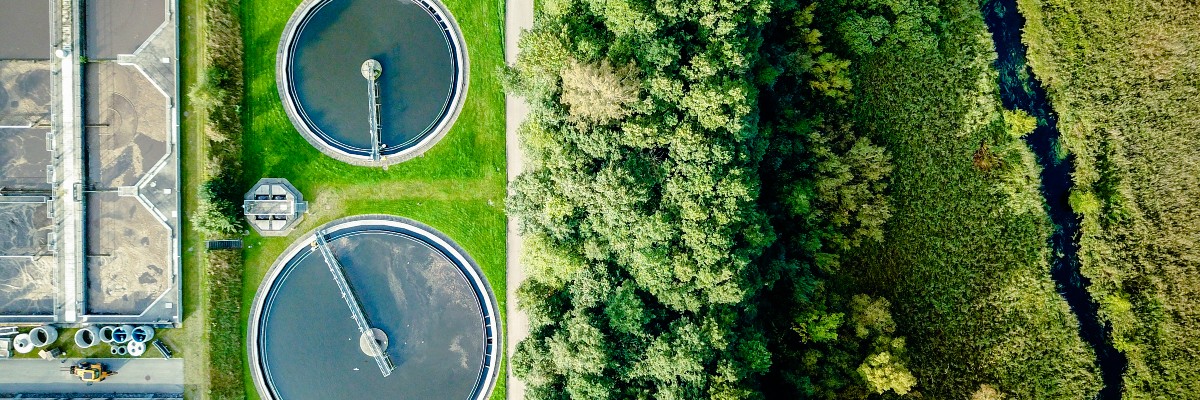Blog
Wastewater Treatment: Sequencing Batch Reactor (SBR) Plant Design

One of the popular variations of the activated sludge process design is the sequencing batch reactor (SBR). In this blog, we go over the SBR wastewater treatment process and look into the pros and cons of an SBR system.
There are many kinds of wastewater treatment plant designs. The activated sludge plant design is common because it can clean wastewater in a shorter amount of time. There are a few different types of activated sludge plants, and one of them is the sequencing batch reactor (SBR).
The principal design for SBR wastewater systems involves a single tank that’s used for treatment and clarification. The process uses a cycle of:
- Filling the tank
- Reacting, which involves aerating the mixed liquor (influent wastewater and biological sludge from the previous cycle)
- Settling
- Decanting the purified water from the biological sludge (some sludge must be wasted during this stage to maintain consistent biomass concentrations)
This four-step process can be performed several times per day. Sometimes aeration is cycled on and off during the react stage to encourage nitrification and denitrification for nitrogen removal.
Now that we know how an SBR wastewater system works let’s look at the benefits of its design.
SBR Wastewater System Advantages
SBR wastewater systems generally have a smaller footprint and require less plumbing compared to an aeration tank and separate clarifier.
Plus, SBR systems have the ability to achieve anoxic and aerobic conditions so that processes such as organic carbon removal, biological phosphorus removal, and both nitrification and denitrification can be performed in the same tank.
SBR systems can also handle solids in the influent and often have no primary clarifier prior to the SBR.
Unfortunately, SBR systems aren’t perfect. While there are many great benefits to using an SBR, let’s look into the disadvantages you need to consider.
SBR Wastewater System Disadvantages
May Require Two Tanks
The SBR operates in a batch mode, so there must be an equalization or holding tank to retain wastewater while the SBR isn’t filling. Otherwise, there must be at least two SBR tanks so that one is always filling while the other is in another stage. Also, cycles may need to be shorter during periods of high flow or longer during high loading.
Manual Processes
Another point of consideration is that the primary means of control is for the operator to adjust the timing of each stage and timing of the aeration on/off cycles. Therefore, the operator must pay close attention to the condition of the biomass and the quality of the effluent. This can be a time-consuming process and lead to possible human error.
Possible Difficulty Suspending the Biomass
SBR systems may not have adequate mixing during the fill stage to thoroughly suspend the biomass. Aeration is usually off during this stage, and anoxic conditions allow biomass to ferment organic matter and produce volatile fatty acids, sulfide and ammonia. The volatile fatty acids are beneficial to drive phosphate removal and denitrification.
You can also achieve anoxic conditions by turning off the aeration during the react stage. However, it can be difficult to achieve a balance between aerobic and anoxic conditions to obtain the best organic matter (chemical oxygen demand or COD) removal along with nitrogen and phosphorus removal.
Settling Issues
SBR systems frequently experience problems with filamentous bacteria or other types of settling issues. If the biomass does not settle well, it’s difficult to decant enough water to maintain the cycle time and keep up with the influent flow. Filaments may be favored by the low dissolved oxygen during filling and aeration off time, nutrient deficiency, and high solids or fat, oil and grease (FOG) if there is no primary clarifier.
Conclusion
If you’re interested in an SBR wastewater treatment plant design, it’s important to consult with a wastewater treatment plant expert to ensure you have the right processes in place. They can also provide solutions if any problems arise.
Monera Technologies offers expert technical assistance to diagnose and resolve wastewater treatment problems. Contact us for help with your SBR wastewater system today.